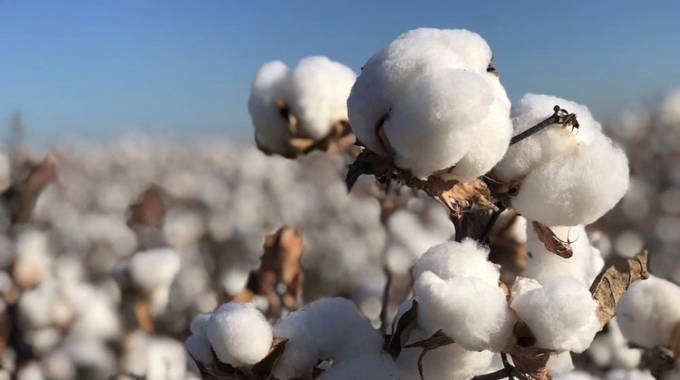
Business Reporter
The Government will spend nearly $3,5 billion to subsidise cotton farmers sponsored by the State under the Presidential Inputs Support Scheme, information gleaned by this paper reveals.
For the lowest grade (D) price of $55 per kilogramme, the Government is paying 40 percent of the amount while the remainder is paid by the Cotton Company of Zimbabwe. Grade A price is $85 per kg while B is $70.
Cottco is the vehicle used by the Government to implement the free inputs scheme to farmers.
The scheme, which started in 2015 is meant to boost Zimbabwe’s cotton production, one of the most valuable agricultural export commodity as well as helping rural families transform their livelihoods.
At the time the Presidential Support Scheme was introduced, production had fallen to 28 000 tonnes annually from a peak output of 351 000 tonnes in 2011 — the lowest in two decades.
Production immediately significantly increased to 142 000 tonnes in 2018, but back to back drought in the next two seasons affected yields.
The deregulation of the cotton industry in 1994 under Economic Structural Adjustment Programme resulted in the proliferation on new players who played a role of financing the commodity under different contract schemes. This is because most farmers lacked collateral to borrow working capital from financial institutions.
However, the contract investment model for the industry collapsed around 2012 due to side-marketing which resulted in major financiers failing to recover their investments.
It was no surprise that after an 18-year presence in the cotton industry, Cargill, which had 20 000 farmers under its scheme closed in 2014 after it suffered from low cotton output, depressed margins and high levels of breach of contractual obligations.
Poor debt recoveries resulted in contractors perceiving a higher level of risk and consequently cut back on inputs. This further compounded the problem of low yields leading to reduction in production. The low crop size further compounded contractors’ challenges with overhead absorption, resulting in low producer prices.
Price subsidy
Initially, the Government had set a blanket price of $85 per kilogramme for 2021, but it was contested by all cotton companies as it was deemed “uneconomically” viable.
“The subsidy is meant to ensure the viability of our farmers . . . so for the lowest grade, the Government will pay $22 while Cottco will pay $34,” an official with the Ministry of Finance and Economic Development who could not be named for professional reasons said in an interview.
“Given the quality trends over the past few years, we don’t see much of the crop in top grades so the budget for subsidy is based on that assumption,” another official said.
In the past few years, a combination of over recycled seed varieties and changes in weather patterns has partly lowered cotton quality with the bulk of the commodity falling in Grade D and C.
According to the Agriculture and Marketing Authority, the industry regulator, grade A and B averaged 2,1 percent and 5 percent respectively in the past three years.
Some experts said some varieties of the planting seed have been over recycled. This has compromised quality of lint, or processed seed cotton on the global market.
This reduces revenue the country generates from lint exports due to quality discounts.
Such a situation calls for investment in research and development to ensure better yields and quality, some experts have urged. Information obtained by this publication shows some of the varieties were released as far back as 2010.
These were bred under certain weather conditions which have since significantly changed.
“The bulk of the seed has lost purity,” said an agronomist with a government extension service department.
“They are tired. You cannot expect a variety produced more than 10 years ago to produce same yield and quality now. It’s not possible.”
The Cotton Research Institute, however, said it constantly monitors the quality of the varieties.
Zimbabwe, like many other countries in the southern African region has witnessed shifting whether patterns, characterised by climate change induced droughts. This has severely affected cotton output in the previous two seasons. Droughts have caused the weakening of fibres, which affect the quality of lint.
Outstanding payments
Last week, Information, Publicity and Broadcasting Services Minister Monica Mutvangwa, told post Cabinet briefing that outstanding payments for last season were being made. A total of $220 million and US$659 000 had already been paid, she said.
Farmers are owed about $1,5 billion.
